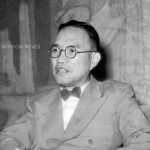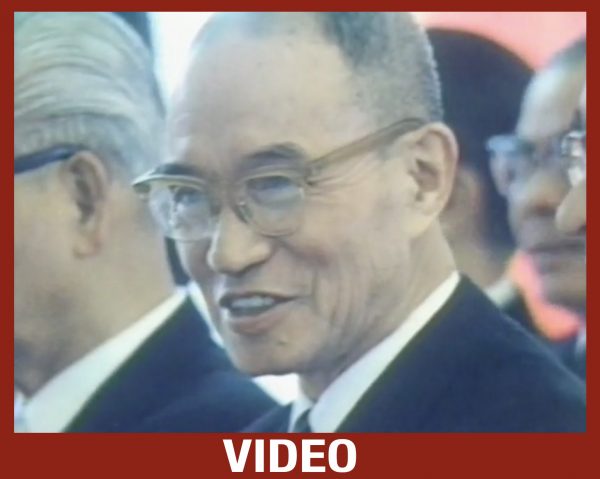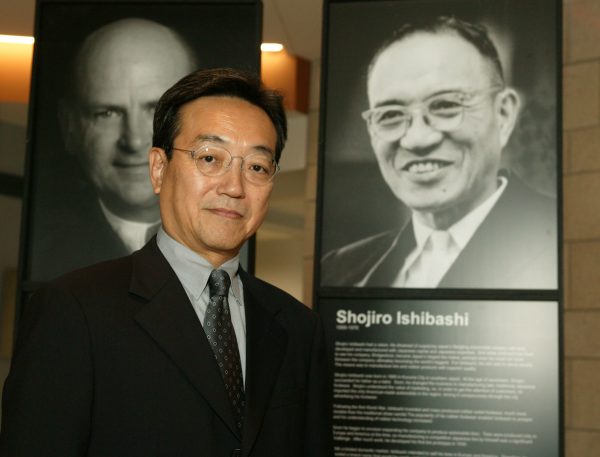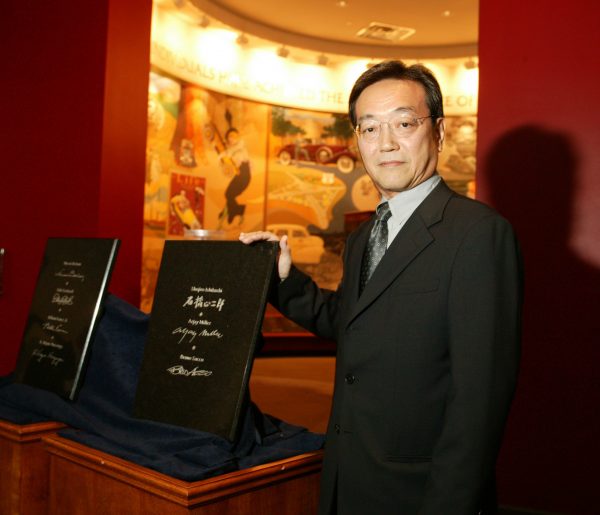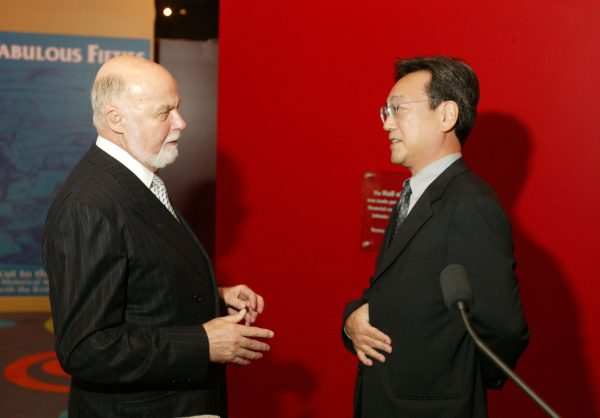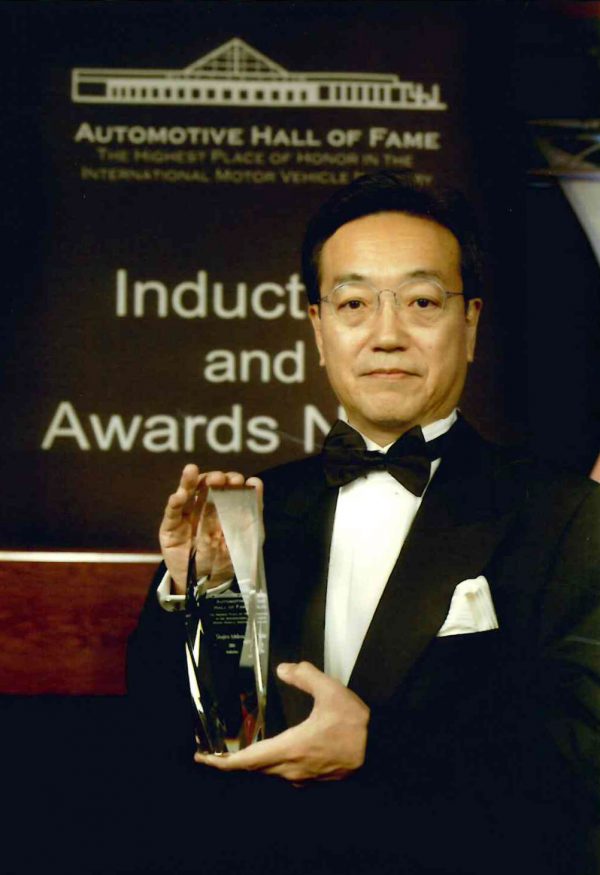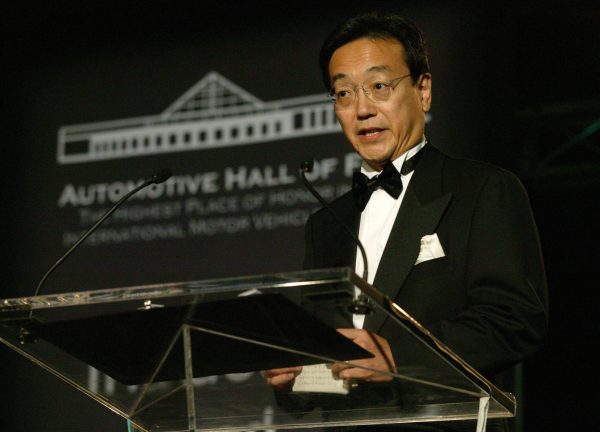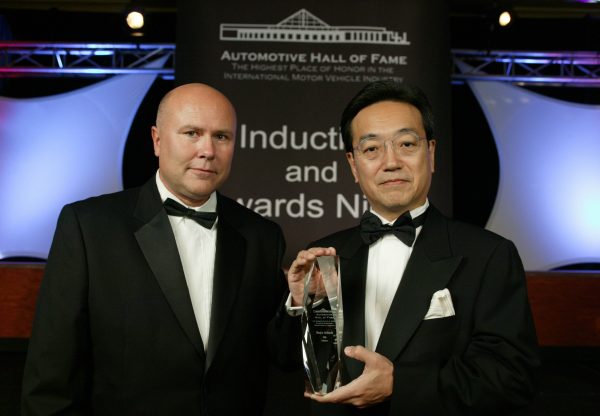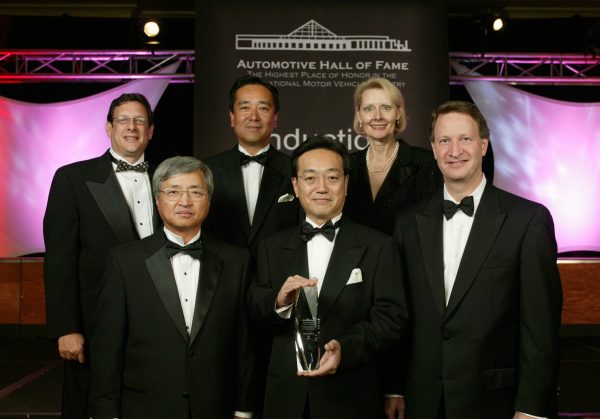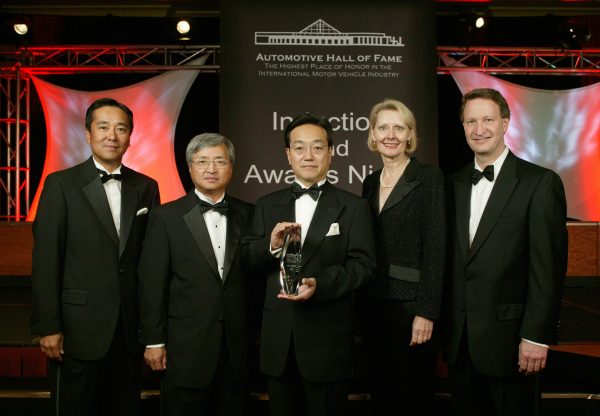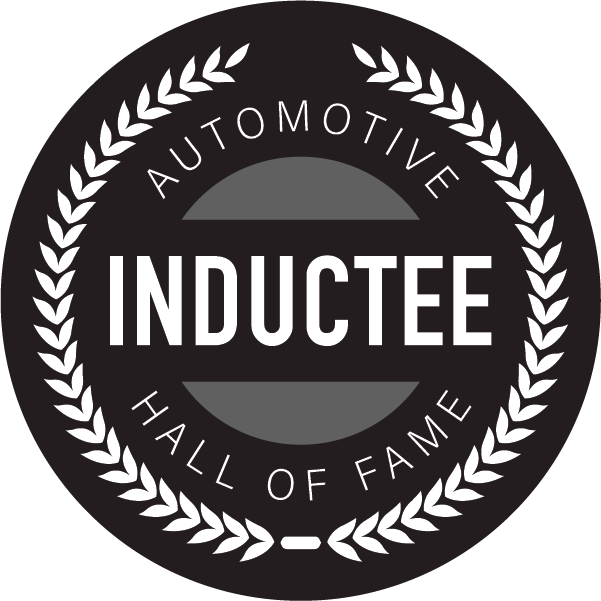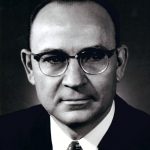Born in 1889 in Korume, Japan, Shojiro Ishibashi left an indelible mark on the world’s automobile industry and his county’s culture.
His vision was to supply the Japanese auto industry with tires developed and manufactured with Japanese expertise and Japanese investment. He was committed to serving society, by collecting, preserving and sharing great examples of art from Japan and around the world.
The success of his vision enabled him to fulfill his commitment.
His remarkable career began in 1906, when Shojiro assumed leadership his family’s tailoring business. He quickly identified a market need and turned to manufacturing tabi, the traditional Japanese work sandal made from heavy straw. Shojiro took to the streets to bring attention to the new enterprise. Importing the first American car into the region and painting his company’s name on the sides, he drove throughout the city, attracting attention to creating awareness for his products.
After the conclusion of World War I, seeing that the soles of an all-fabric tabi wore out long before the rest of the shoe, he developed a solution….rubber soles. The new sandal, much more durable than the traditional tabi, soon dominated the market.
With this success, Ishibashi would seek new markets for his rubber-making capability. To meet the needs of his footwear company, he had created Japan’s first rubber producing factory. Now he wanted to find other uses for rubber products. Seeing there were no other rubber manufacturers in Japan and witnessing the rapid growth of the automobile industry, Ishibashi identified his next market of opportunity…. to become Japan’s first national producer of tires for cars and trucks.
Like the successful footwear products, Ishibashi determined that his tires would be of the highest quality, embodying the latest technologies. With no other Japanese tire makers to observe, he researched the practices of European and American tire makers before preparing to launch his new company. But before that could happen, a name would need to be chosen.
Recognizing that in 1930 the American and European markets were much larger than the emerging Japanese market, he knew that name would have to cross national boarders and languages. His family name, Ishibashi, translates directly to “stonebridge” but he decided to reverse the order and use the name Bridgestone, today’s world-wide leader in tires and rubber products.
The fulfillment of his commitment to serve society also took shape in the 1930 when famed Japanese painter, Hanjiro Sakamoto, approached Mr. Ishibashi, asking him to purchase a number of paintings by Shigaro Aoki that were in danger of being lost forever.
He complied, and his commitment to sharing great art with the world continues to this day with the magnificent collections found in the museums, cultural centers and galleries his Foundation has created in Japan.
Accomplishing his vision meant Mr. Ishibashi could fulfill his commitment.
